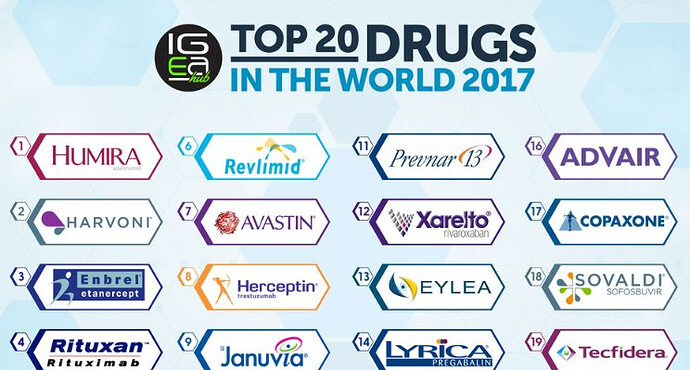Connecting some of the dots, its evident that FDA has found/re-discovered a sense of purpose, that of ensuring drug affordability with an altogether new zeal. May have to do something with the bigger healthcare plank that President Trump promised to electorates. invariably, has implication for most of Indian Pharma companies focused on US market:
-
FDA Blog a week back:
https://blogs.fda.gov/fdavoice/index.php/2017/06/fda-working-to-lift-barriers-to-generic-drug-competition/
First paragraph by Commissioner Scott Gottlieb itself is good to get a sense of what is on the cards:
"Too many patients are being priced out of the medicines they need. While FDA doesn’t have a direct role in drug pricing, we can take steps to help address this problem by facilitating increased competition in the market for prescription drugs through the approval of lower-cost, generic medicines".:
-
FDA Press Release dated 06/27:
https://www.fda.gov/NewsEvents/Newsroom/PressAnnouncements/ucm564725.htm
Two important announcements via this press release:
a> Have openly listed down the drugs where patent/exclusivity has expired at least a year back AND so far no approved ANDA for generic. Entire list can be classified into 2 parts. Part I of the list identifies those drug products for which FDA could immediately accept an ANDA without prior discussion. Part II identifies drug products involving potential legal, regulatory, or scientific issues which should be addressed with the Agency prior to submission of an ANDA.
b> Also, listed down the list of NDAs where only less than 3 ANDAs are approved against the same RLD and for which there are no blocking patents or exclusivities on the RLD may receive expedited review.
Both part 1 and part 2 listed drugs are such were FDA intends to create an 'Expedite Review" process, subject to meeting requirements. Also, to note, this will be applicable retroactively i.e not only any new submission but any existing under-review application will also be re-evaluated for prioritization.
-
Upcoming meeting
Drug Competition action plan scheduled for July 18th:
https://www.federalregister.gov/documents/2017/06/22/2017-12641/administering-the-hatch-waxman-amendments-ensuring-a-balance-between-innovation-and-access-public
Implication: May be too early to understand in full and have any meaningful assessment carried out, however, even by now we have reasonable indications that healthcare affordability (and drug affordability by extension) is very much in the mind space of policy makers. Removing hurdles, encouraging competition, fostering consumer friendly themes etc. are something which are very much within the ambit of FDA scope and they seems to be moving an inch close to that.
What is coming for Indian Pharma companies? Just to get a sense, Natco’s BOSENTAN (gTracleer) was so far perceived as a no competition drug, however has been notified under part 1 of the off-patent/off-exclusivity list which means that FDA can accept any new application immediately without any prior discussion.
Regards,
Tarun


